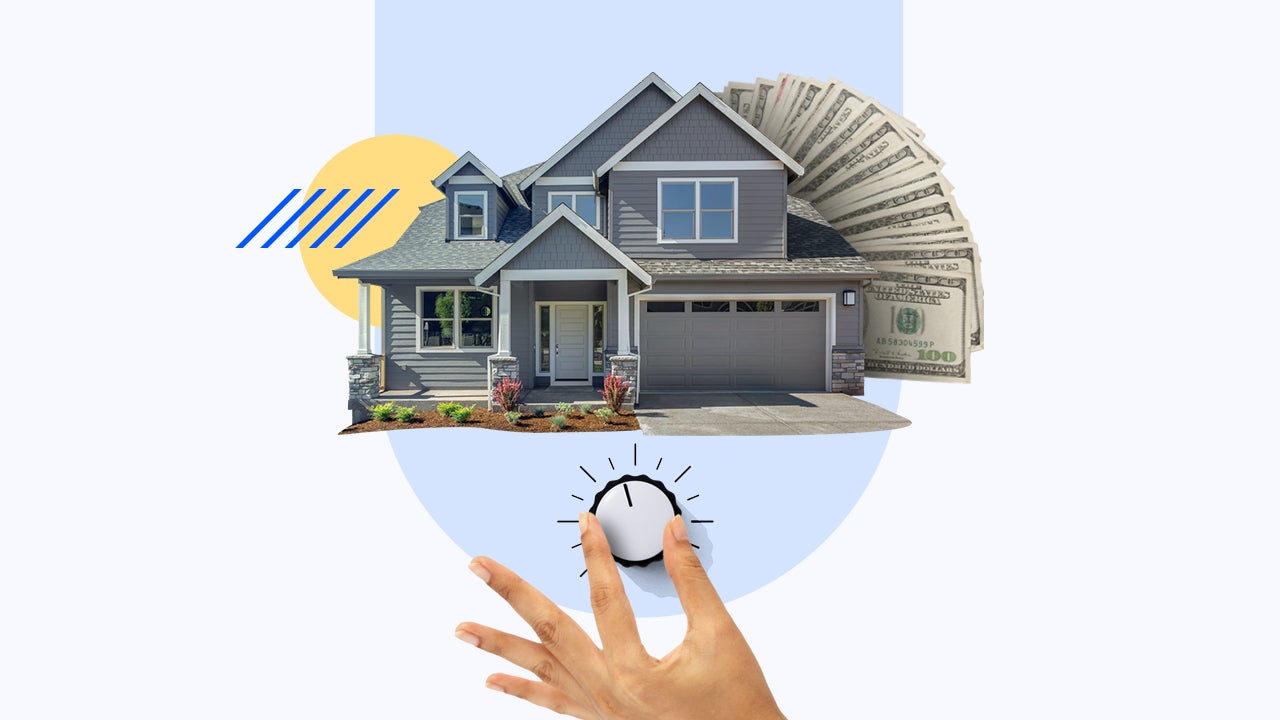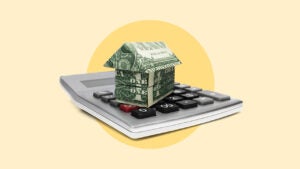Home equity rises even as loan availability tightens

The booming real estate market has meant that many homeowners have built significant equity in the past year.
According to statistics from ATTOM Data Solutions, 28.3 percent of mortgaged properties in the U.S. were considered “equity-rich” in the third quarter — about 16.7 million homes. That’s up nearly 1.5 percent over the third quarter of 2019 despite the otherwise bleak economic picture.
ATTOM defines properties as equity-rich when the owner has a loan-to-value ratio of 50 percent or less.
“Homeowner equity in the third quarter added another pebble to the pile of markers showing that the U.S. housing market continues to defy the broad downturn in the economy this year,” Todd Teta, chief product officer with ATTOM Data Solutions, said in a statement.
“Home prices keep rising, boosting the balance sheets of homeowners throughout most of the country. With the foundation under the housing market still shaky as the coronavirus remains a threat, we will continue to monitor closely the various metrics, including equity. But as it’s been throughout the pandemic, the market is strong and homeowners remain in a position to benefit,” he said.
For homeowners, all that means now can be a great time to start utilizing your equity if you haven’t already. Here’s how to do it, and some things to keep in mind.
Why HELOCs can be hard to get
Although interest rates are low and equity is high for many homeowners, some may have a hard time finding lenders to work with, particularly if you are hoping to take out a home equity line of credit (HELOC) or home equity loan (HEL). Some institutions have paused offering those products because of COVID-19.
“Lenders aren’t eager to be in a second lien position at a time when unemployment is high and delinquencies and defaults are poised to rise,” says Greg McBride, Bankrate’s chief financial analyst. “Lenders that continue to do HELOCs and home equity loans require the homeowner to maintain a healthy equity stake — often 20 percent, sometimes more — as a margin of safety for the lender.”
“In the event of a foreclosure, the first lien has to be satisfied before the second lienholder can collect. Post financial crisis, a lot of HELOCs were complete writeoffs because the value of the home had fallen and there was no margin of safety. Home equity lenders’ memories of that remain fresh,” he said.
That’s not to say it’s completely impossible to secure a HELOC or HEL, but if you’re determined to borrow with one of those products, it may take a little more work to find a suitable lender.
Second lien loans may be especially difficult to obtain in the South and Midwest these days. ATTOM’s data shows those regions have the highest rates of property owners being underwater, which the firm defines as those whose mortgage balance is at 25 percent higher (or more) than the total current value of the property.
Ways to tap your home equity
The most common ways of getting access to home equity are HELOC, home equity loans HELs — despite the current tight market for these products — and cash-out refinances.
HELOCs and HELs are separate from your primary mortgage, so either one becomes an extra bill to pay every month.
HELOCs operate a bit like a credit card. Once you get approved for a certain credit maximum, you can take out as much as you need up to that amount and then repay it over time. The exact terms of the credit line vary by lender, but a common setup is a 10-year draw period, during which the borrower only has to pay interest, and then 20 years to repay the principal. You may also have to pay an annual fee to keep the line open.
Home equity loans, on the other hand, are paid out in a lump sum. You’ll get the full amount of the loan upfront, and then pay it back with interest over time.
Cash-out refinancing means no second mortgage, but the payment is included as part of your new primary mortgage.
While rates for all kinds of home loans are low right now, the exact rates you’ll be offered will depend on a variety of factors, including your current mortgage balance, how much equity you have in your home and what kind of loan you decide to take out. Because of all that variability, it’s important to shop around.
How to proceed
Here’s the bright side: if you have significant equity in your home, it’s a great time to take advantage of it, even if you’re not able to get a HELOC or HEL. Most lenders are still offering cash-out refinances, which can be a great way for many homeowners to tap the equity they’ve built up. You may even be able to save money in the process, because if you haven’t refinanced recently, you’re likely to get a lower interest rate, which could ultimately mean lower monthly payments even if you increase the balance of the loan.
But, because nothing is straightforwardly easy in 2020, there are a few snags to keep in mind. For one, there’s been a crush of refinance applications driven by low interest rates, so many lenders are backed up in processing those loans. Prepare yourself to be patient as you inch toward closing, and try to have your documents in order to ease things along.
Also, the Federal Housing Finance Agency is set to implement a 0.5 percent fee on all refinances worth $125,000 that close on or after Dec. 1. Many lenders have already priced that into their loan offers, and it means your rates will be a little higher than you might hope.
Bottom line
If you own a home, you have probably built up significant equity this year thanks to rising property values. It can be a great time to explore ways to take advantage of that equity, but be prepared to do your research to figure out the most feasible and cost-effective way to do so based on your overall financial situation.





